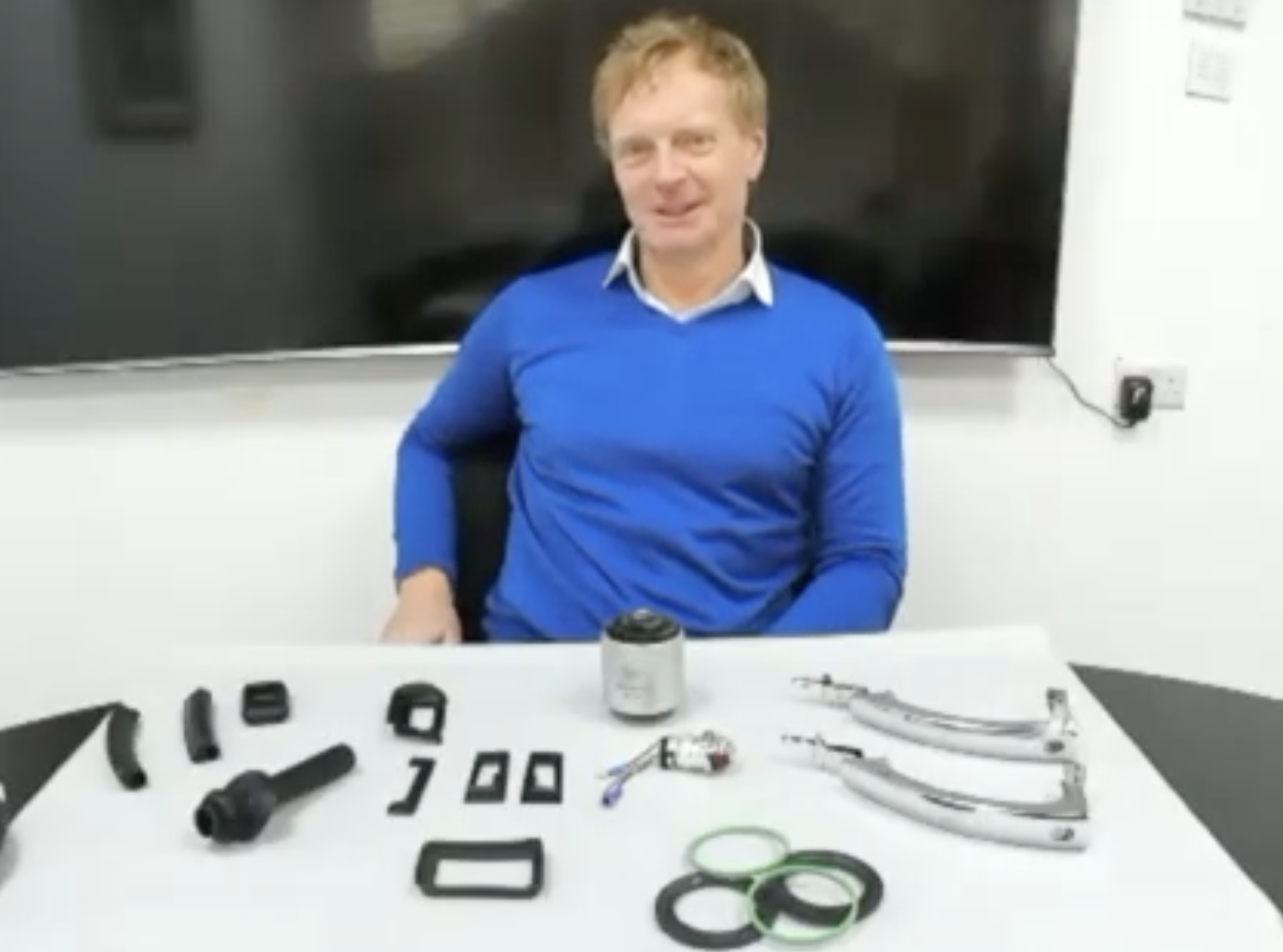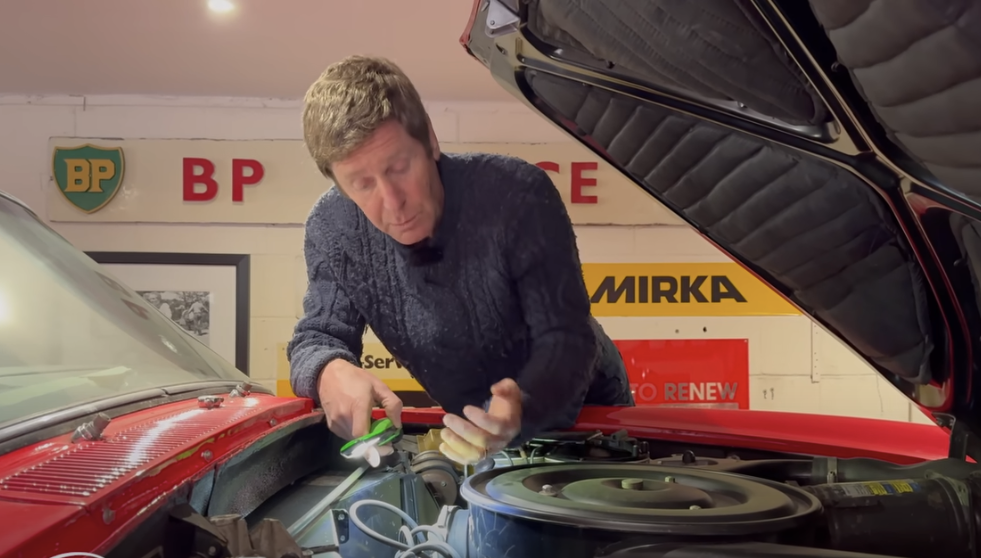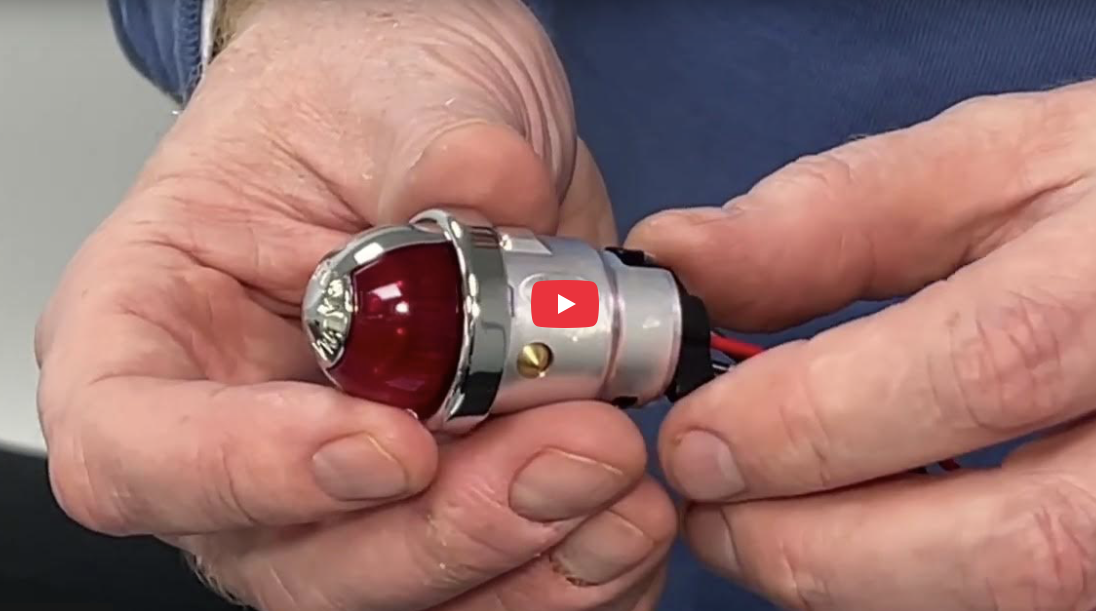 Jan 09, 2024 22:44:00 PM
Jan 09, 2024 22:44:00 PM
Technical Guide to Driveshaft Flange Removal in Rolls-Royce and Bentley Models
In this detailed tutorial, we're focusing on a critical maintenance task for Rolls-Royce Silver Shadows, early Silver Spirits, Spurs, and Bentley models like Turbo, Brooklands, Mulsanne, and Eight – removing the driveshaft flange from the hub.
Mechanics of the Driveshaft Flange & Potential Issues from Improper Nut Tightening
In these models, the driveshaft flanges are fixed to the stub axle on the hub through a taper and a Woodruff key. The flange nut's tightness (500lbft) requires substantial force for removal, making the correct puller tool essential.
An improperly tightened flange nut can lead to the flange spinning on the taper under torque, causing the Woodruff key to break. This can damage the flange and stub axle, particularly problematic on the right-hand side where it might lead to the driveshaft spinning freely.
Detailed Removal Process
-
Initial Setup: The process begins with a rear hub from an early Silver Spirit, equipped with ABS. The damaged ABS sensor is noted.
- Nut Removal: Using an inch and sixteenth socket, a heavy-duty bar, and a long pole, the driveshaft flange nut is removed, revealing the stub axle.
- Puller Tool Attachment: The puller tool is then set up on the flange. This tool is crucial as it houses a hydraulic ram that applies the necessary force on the stub axle to release the flange.
- Operating the Puller: After loosely reattaching the nut to prevent the flange from ejecting, the hydraulic ram is screwed into the tool and tightened. This step is critical as it applies the force needed to separate the flange from the stub axle.
- Final Removal: The ram is tightened until the flange loosens. A careful balance of force and control is needed to ensure the flange is removed without causing damage.
Critical Tools & Precautions
This technical guide is designed for specialists and owners who demand a detailed understanding of the processes involved in maintaining the high standards of Rolls-Royce and Bentley vehicles.
The driveshaft flange is a crucial component in the vehicle's drivetrain system. Its proper removal and installation are vital for several reasons:
Avoiding Mechanical Damage: Incorrect removal techniques can cause damage to the flange, the hub, or related components such as the ABS sensor, as noted in the case of the Silver Spirit. Such damage can lead to more extensive and costly repairs.
Ensuring Performance: The driveshaft flange is integral to the transmission of power from the engine to the wheels. Any misalignment or damage resulting from improper removal can affect the vehicle's performance, including its driving dynamics and power transmission efficiency.
Preventing Future Failures: Proper removal ensures that the flange and related components are not subjected to undue stress or deformation. This helps in preventing premature wear or failure, which could result in unexpected breakdowns or the need for major repairs.
Safety Considerations: As the driveshaft flange is part of the vehicle’s drivetrain, any failure in this system could potentially lead to safety issues while driving.
In summary, the correct removal and handling of the driveshaft flange are crucial for maintaining the overall health, performance, and safety of Rolls-Royce and Bentley vehicles. Proper flange removal is therefore key to maintaining the vehicle's performance and avoiding costly damages.







